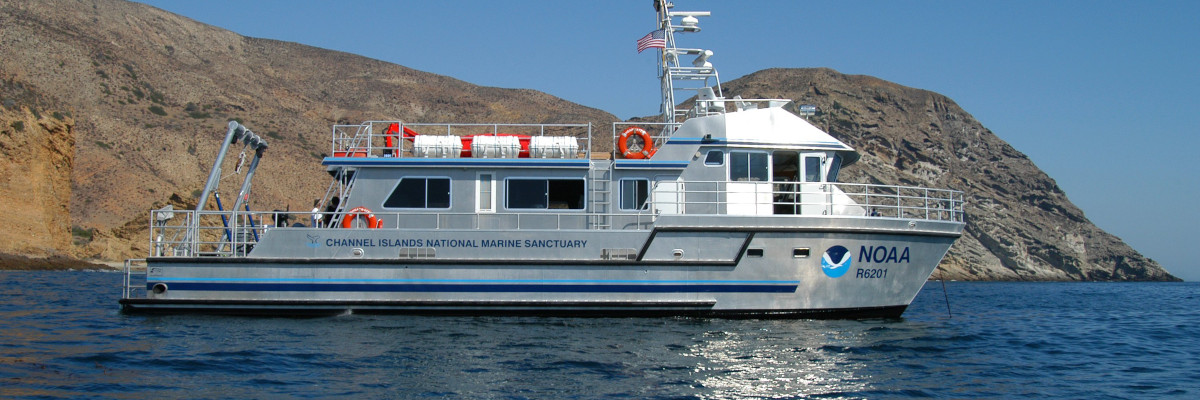The state of the California Current system (CCS) since spring 2010 has evolved in response to the development of cooler La Niña following the dissipation of the relatively weak and short-lived El Niño event of 2009–2010. The 2009–2010 El Niño appears to have dissipated quite rapidly in early spring 2010, yet the transition to anomalously cool conditions followed somewhat later with the onset of anomalously strong upwelling throughout the CCS in summer 2010 and the development of unusually—in some cases record— cool conditions throughout the CCS. However, following the fairly consistent emergence of cooler La Niña conditions across the CCS going into summer 2010, regional contrasts were apparent. Off southern California, the effects of both the 2009–2010 El Niño and subsequent return to La Niña conditions appear to have had modest effects on the system, and the patterns that attract interest appear to be unfolding over longer time scales (e.g., freshening of upper water column and trends in nitrate and oxygen concentrations). In contrast, the northern California Current has exhibited much more dramatic short-term changes over the past two years, due in part to greater variability in environmental forcing affecting this region. Ecosystem responses also varied across the CCS. The pelagic ecosystem off central and southern California showed evidence of enhanced productivity, in terms of rockfish recruitment, seabird abundance and reproductive success, etc., and the planktonic assemblage off Baja California indicated a resurgence of crustacean zooplankton following a period dominated by gelatinous zooplankton. Off northern California and Oregon, however, the return to La Niña conditions did not entirely reverse changes in the copepod assemblage arising during the 2009–2010 El Niño, which may have contributed to low at-sea survival of juvenile salmon. At the time of writing, tropical conditions are ENSO-neutral and forecast to remain so into fall 2011 and possibly into early 2012, yet the PDO remained strongly negative into summer 2011. It is uncertain whether the return to cool conditions observed in the past year will continue to govern the state of the California Current.
State of the California current 2010-2011: Regionally variable responses to a strong (but fleeting?) la Nina
Publication date
December 01, 2011
Abstract
Journal
CalCOFI Reports
Region
California Current
